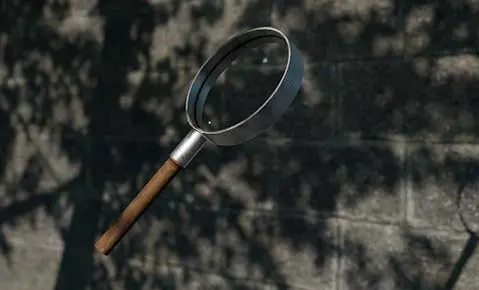Stepping into an old home is like stepping back in time, a page from history that tells stories through its well-worn features. But beneath the charm and character, foundation issues often lurk, hidden risks that can threaten your home’s structural integrity. In this blog, we’ll review the most common foundation problems in old homes. Identifying these symptoms early cannot only save you a considerable amount in repair costs but also fortify your home against the relentless march of time.
Join us as we lay the groundwork for recognizing, addressing, and preempting the kind of foundation woes that could turn your dream of quaint, vintage living into a costly nightmare. Your home is more than just four walls; it’s a legacy. Safeguarding its foundation is the first step towards honoring its past and securing its future.
Causes of Common Issues with Old Foundations
Although foundation issues are common in older homes, they do not arise from unknown sources. Instead, the causes of foundation problems in an older building are about the same as those for newer ones. The only main difference is that older homes have had a longer time to experience these complications, which is why they appear more prevalent.
Hydrostatic Pressure
The first widespread cause of foundation damage we’ll discuss is hydrostatic pressure. This scientific term refers to water’s pressure on the surfaces it contacts. To understand the negative impact of hydrostatic pressure, consider that your foundation walls act as retaining walls that hold back the soil surrounding your foundation. If there’s poor drainage around the foundation, hydrostatic pressure can build up and exert pressure against the foundation walls. If the pressure isn’t released, the foundation walls could eventually start to bow inward and even crack.
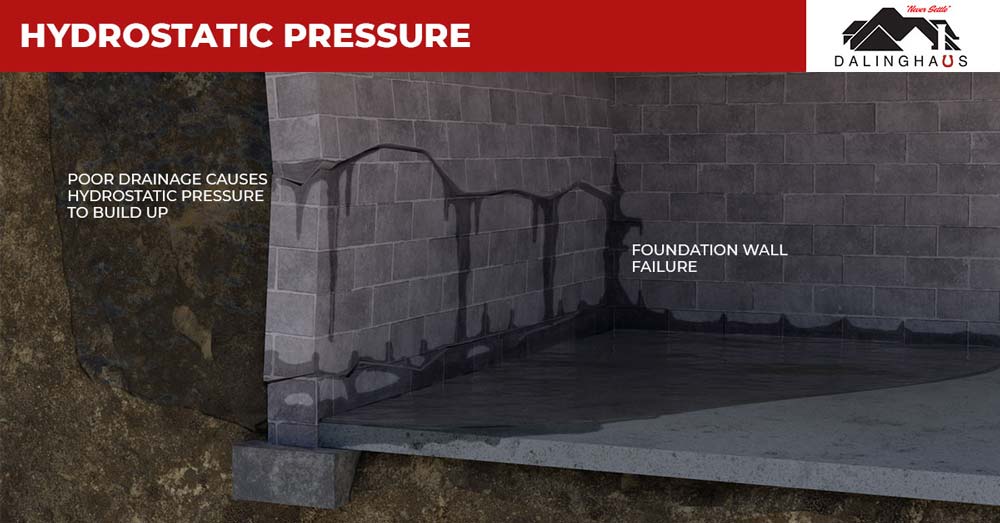
Differential Foundation Settlement
Another prevalent cause of foundation damage in older homes is foundation settlement. Your foundation depends on the soil below it for support. As such, when that soil shifts or sinks, your foundation will shift and sink, too. This phenomenon is known as differential foundation settlement. While a small amount of uniform settlement is typical, especially in the first year following construction, differential foundation settlement is problematic. Differential settlement often causes cracks and other damage that can spread throughout your foundation and the rest of your home.
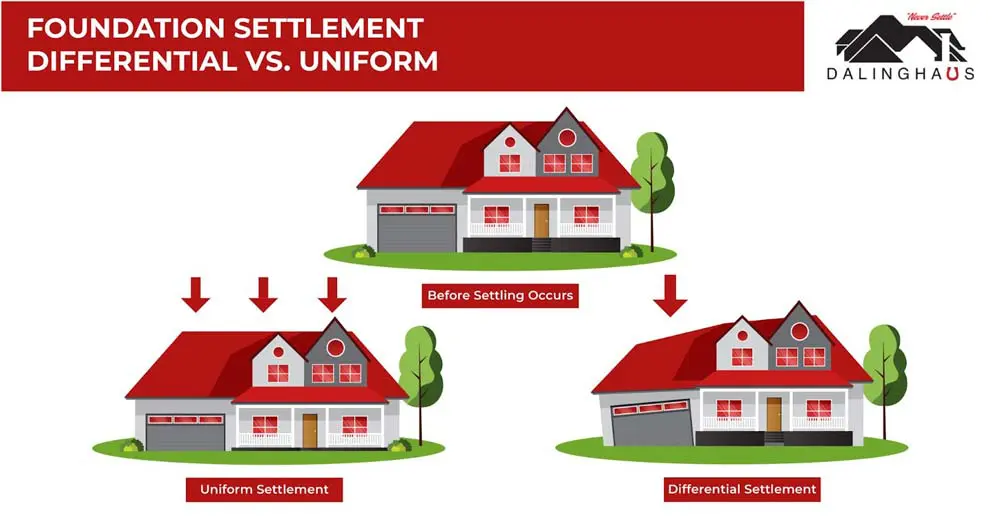
Signs of Foundation Damage
Now that you know the leading causes of foundation damage in an older home, it is time to learn the signs that this damage has occurred in your house. Below is a list of some of the most common signs of foundation problems:
- Foundation cracks
- Cracked walls
- Leaning walls
- Bowing walls
- Sloping floors
- Jammed doors
- Stuck windows
- Drywall cracks
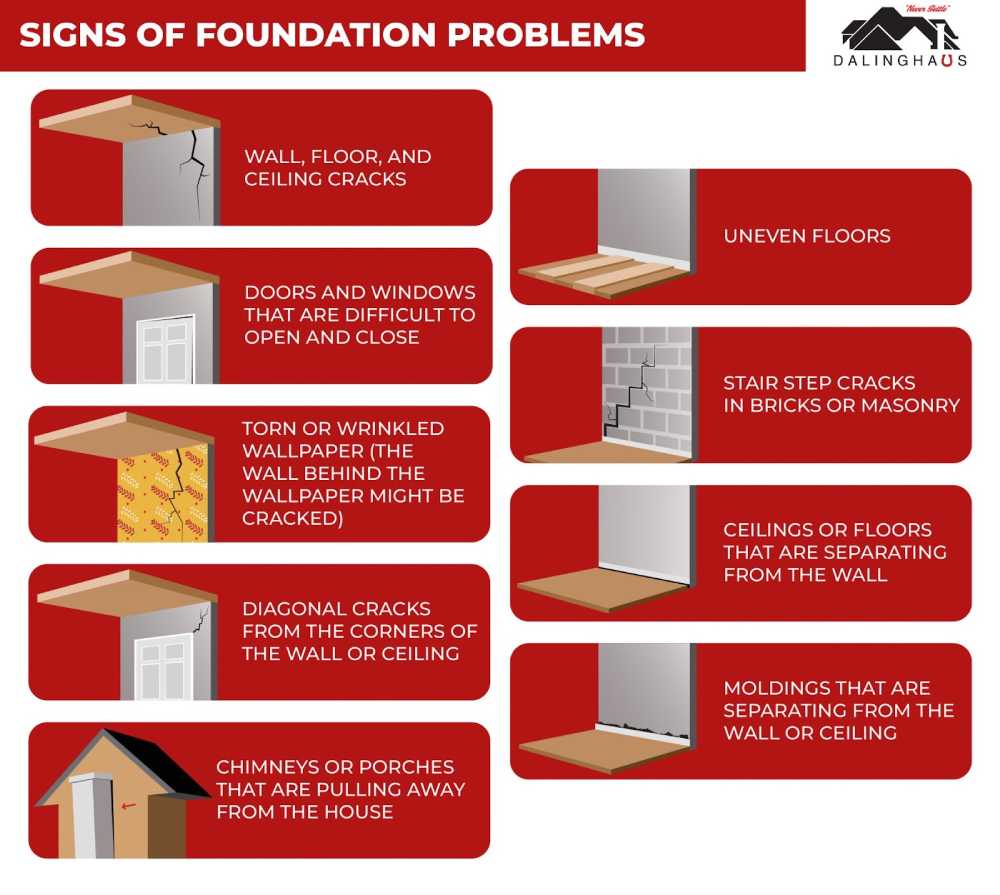
If you notice any of those signs, there is a reasonable chance that your home has experienced foundation damage. If so, contact a foundation repair company as soon as possible to ensure the problem doesn’t get any worse.
Repairing Old Foundations
Since you now know the causes of foundation damage and some of the signs that it has occurred, the next step is to learn how a foundation team will go about resolving these problems. The sections below describe some of the most common repair methods based on the cause of the problem.
Resolving Hydrostatic Pressure
Resolving hydrostatic pressure will mean improving drainage around your home’s foundation so that the soil stays dry. This might involve installing a drain tile system, improving grading around the foundation, installing downspout extensions, and making sure you clean your gutters regularly so runoff flows where it should. If hydrostatic pressure has caused foundation damage, carbon fiber straps or wall plate anchors might be used to stabilize and strengthen the foundation wall.
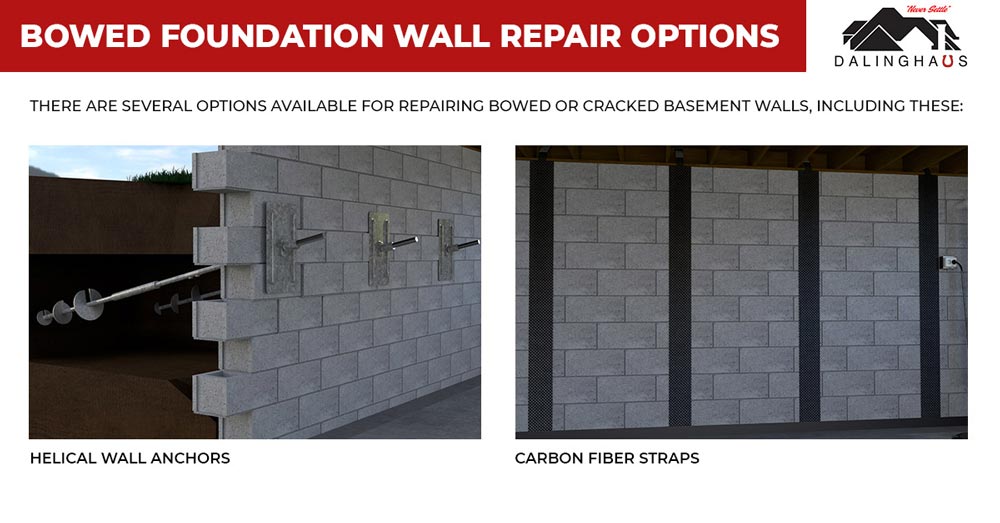
Resolving Differential Foundation Settlement
Installing foundation piers is the most widespread method for repairing a foundation that has experienced differential settlement. These piers extend deep into the ground until they reach firm strata and connect to your foundation. By forming this connection between your foundation and firm strata, your foundation team can use the piers to level your home as much as possible without causing damage. The piers also increase the overall strength and stability of your foundation, making future settlement far less likely.
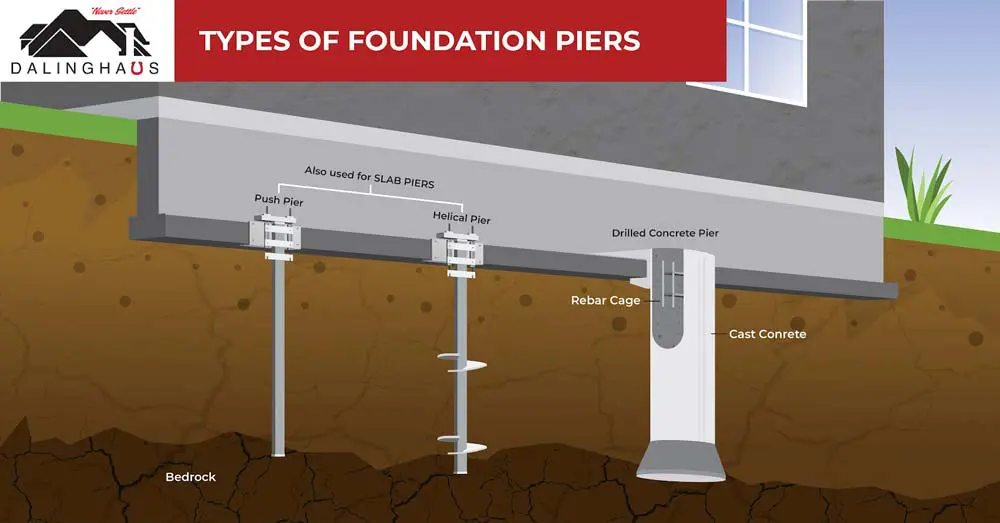
Why Old Foundations Are More Prone to Problems
As mentioned above, the reasons why old foundations receive damage are not unique to old foundations. Damage from hydrostatic pressure and differential settlement can occur in nearly any home. The difference with older homes is that they have simply had more opportunities to experience hydrostatic pressure and uneven settlement. The materials of an older home have also had more time to degrade and weaken over the years. As such, time is the main factor in why older homes tend to have foundation problems more frequently.
Ways to Prevent Foundation Problems
By now, you are likely wondering whether there is anything you can do to prevent foundation problems from arising in your home. Fortunately, there are several approaches you can take to give your foundation the greatest chance to remain intact and problem-free. Below are a few examples of the best measures you can take:
- Improve drainage: Water is one of the most common causes of foundation problems. As such, improving your foundation drainage system is one of the best ways to prevent damage. A well-functioning foundation drainage system will collect water and convey it away before it becomes an issue.
- Regrade the land around your home: When the land around your home is flat or slopes towards your home, it encourages water to pool around your foundation. Ensure the land surrounding your foundation area slopes away to prevent this problem.
- Clean your gutters: Clogged gutters fail to operate properly and can deposit water directly onto the ground around your foundation. Regular cleanings help keep gutters clear and functioning properly.
- Install downspout extensions: Adding extensions to your downspouts is another way to avoid puddling near your foundation.
- Consider waterproofing: Waterproofing a foundation is a fantastic way to keep water out and circumvent the damage it can cause.
- Inspect often: Remaining vigilant and scheduling professional inspections is one of the best preventative measures against potential foundation problems.
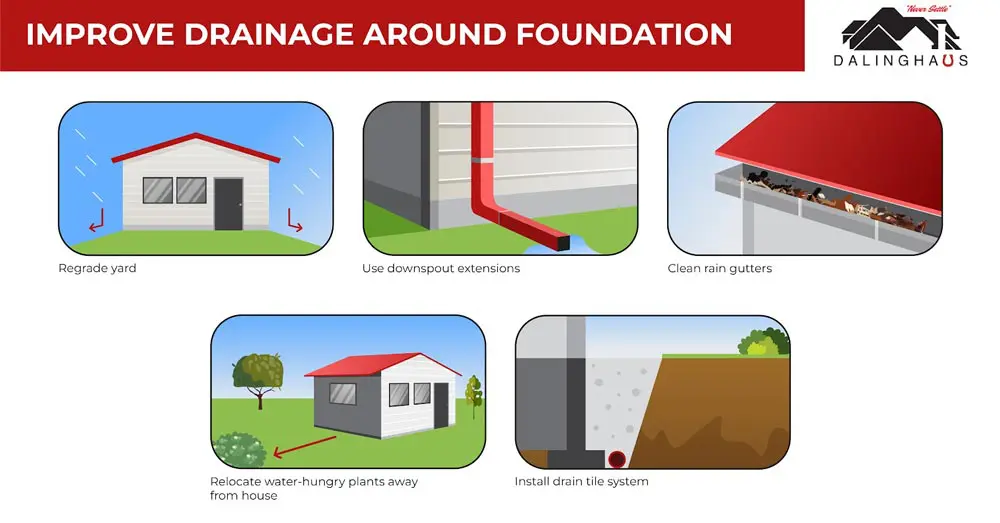
Hire a Foundation Pro
If you have an old foundation with one of the issues we mentioned above, there are two common mistakes you can make. One is allowing the foundation to go unrepaired. The other is to attempt repairs on your own. Rather than committing one of those errors, take a smarter approach by hiring a professional foundation repair team in your area. The right foundation repair team will easily diagnose your foundation issue and match you to the correct repair solution.
Dalinghaus Construction is the best choice for any foundation repair project for anyone in Southern California, Nevada, or Arizona. Reach out to us today to learn more about what we can offer.






